Estimated reading time: 8 minutes
Weeds are arguably the most unpleasant thing about gardening. They can pop up seemingly out of nowhere, often depriving your garden plants of the sunlight and nutrients they need and playing havoc with the appearance of your garden.
By definition, a weed is a wild plant growing in an undesirable location and in competition with your cultivated plants. While some weeds are attractive and helpful to bees and other pollinators – think dandelions — others can be a real nuisance.
The good news is that with a little time and effort, you can limit or even prevent weed growth. Here are 12 easy ways to prevent weeds in your garden.
Want to save this post for later? Click Here to Pin It On Pinterest!
1. Inspect new plants and transplants
Take a close look at all transplants from the nursery or your own greenhouse. If you notice any extra sprouting, roots, or seeds in the soil, gently pull them out before planting.
2. Use mulch or other barriers in your beds
Adding a thick layer of mulch to your beds is an excellent preventative measure for weeds. And mulch has the added benefit of helping your soil retain moisture.
Grass clippings, straw, pine needles, and shredded leaves or bark also can help add nutrients to the soil while reducing weed growth.
Another option is using landscaping fabric around your plants, but the material doesn't break down to add the nutritive benefits like natural mulch does. Cardboard or brown paper (found in paper grocery bags) will break down and act as an effective barrier when placed around your plants. Check out this video for some how-to guidance.
3. Get into the weeding habit
If you let weeds go for even a few days, they can grow and spread at a remarkable pace. A better option is to make weeding a part of your daily gardening chores.
As you check your plants for growth and moisture, keep an eye out for weeds. Newly sprouted weeds often are easy to pull out by hand. Try grabbing the offending plant at its base, being careful to disturb the surrounding soil as little as possible. Then, discard the weed well away from your garden.
By removing these unwanted visitors early, you prevent them from going to seed. If weed seeds remain in the soil, you can pull them out as they emerge.
4. Use healthy soil
The soil you add to your beds can also harbor weeds. For example, after you've added manure or compost, be on the lookout for weed growth and pull any plants out quickly.
Another option is to purchase compost or manure that has been sterilized. These products tend to be weed-free. Sterilized potting mix for your containers also is a good idea to limit weeds.
5. Avoid bare soil in your garden
Weeds like wide, open spaces, so limit the space you offer them. In addition to mulching around your plants, try to cover any areas of bare soil.
6. Group plants close together
Another way to limit weeds is to plant your seeds or starter plants as close together as their size and healthy growth will allow. Check seed packets for recommended planting spaces and follow the minimum guidelines.
Healthy plant roots and leaves will choke out weed growth. You might want to avoid planting in rows, as they often leave empty spaces that are ripe for weeds.
7. Growing cover crops
Cool season cover crops, like buckwheat, ryegrass, or clover, help eliminate weed growth over the winter. Then, you can till them under the surface in the early spring to add organic material and nutrients into your soil.
8. Create raised beds and use containers
Raised beds and containers help limit weed growth primarily because we don't walk on them. Sometimes, the soles of our shoes carry weed seeds.
Also, when we walk on the soil, we compress it. Soil that is not compacted by our footsteps tends to allow water to move through it more easily and has more air pockets that allow for healthy plant growth. Weeds can survive in compacted soil, while some vegetable plants struggle in these situations.
9. Water with care
You've probably already heard about the advantages of using a soaker hose or watering the base of plants rather than their tops. In addition to helping build strong roots, this type of targeted watering also helps limit weeds. The goal is that thirsty weeds will die out.
Think about it. When you water the entire garden, you water weeds and weed seeds. When you water the base of your plants, you give just them what they need.
10. Deadhead weeds
When you can't remove the entire weed, chop off its head. In some cases, weeds are too embedded to dig up without disturbing the rest of your plants. In this case, you can help prevent further growth and spread by lopping off their heads before they go to see. A string trimmer can handle the job in large areas, or you can use clippers when space is tight.
11. Trim your garden edges
It's not a coincidence that weeds tend to invade the edges of your beds. These areas are prone to weed spread from other parts of your property. Aim to keep your garden edges trimmed to cut down on the weed spread. Focus on fence lines, around posts, and the perimeter of your beds.
12. Know your weeds
Here is a list of common weeds and the best way to remove them. Be sure to wear gloves, as many of these weeds are prickly.
Buckhorn
Dig it out before it flowers.
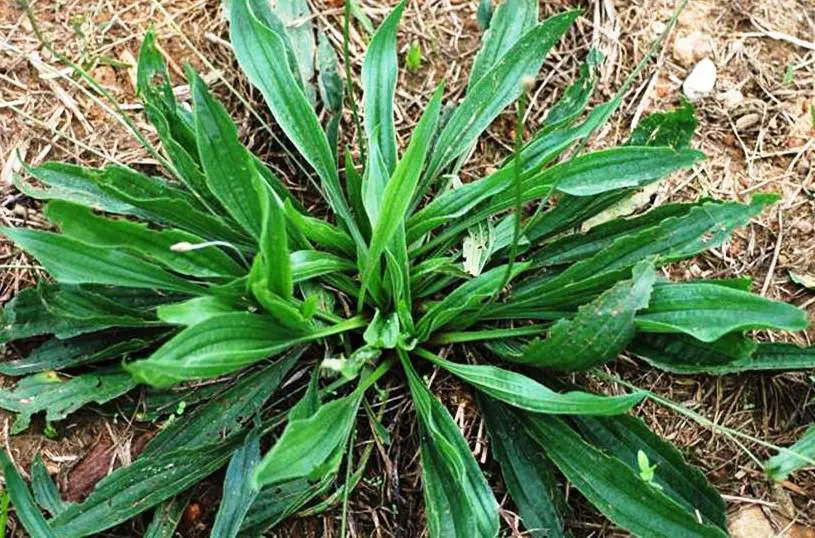
Bull Thistle
Pull it out before it produces seeds.
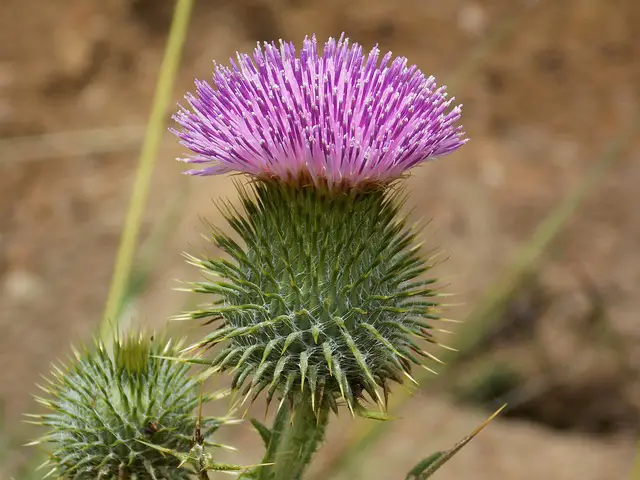
Common Burdock
Dig or pull out this weed before it has seeds, making sure to get the entire root.
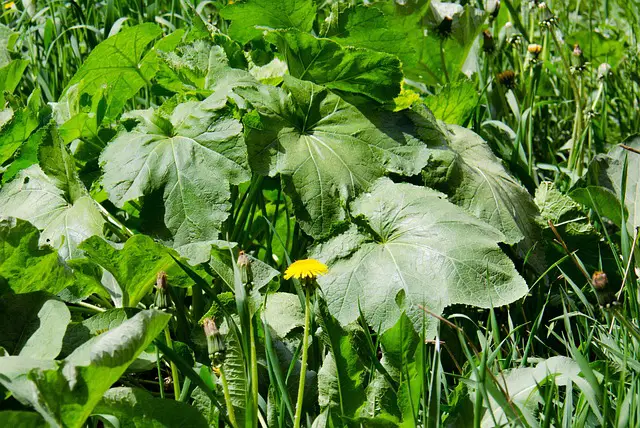
Field Bindweed
(Also called Wild Morning Glory) — Dig it out before it flowers.

Lamb's Quarter
Dig or cultivate it out before it flowers.

Crabgrass
Pull or cultivate clumps out before they seed.

Pepperweed
Pull it out before it seeds.

Purslane
Dig it out (Save it for cooking, if you'd like.)
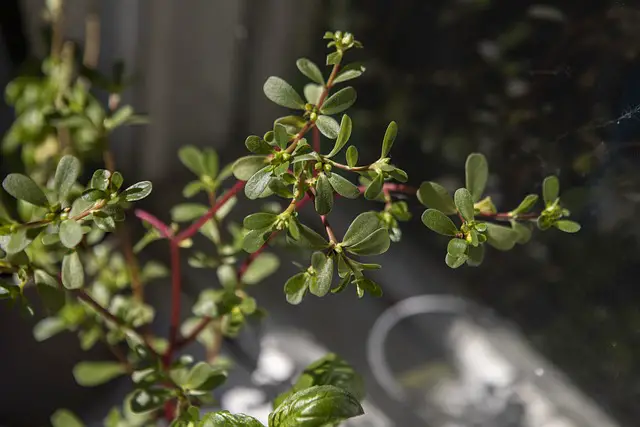
Quackgrass
Dig it out to prevent spreading.
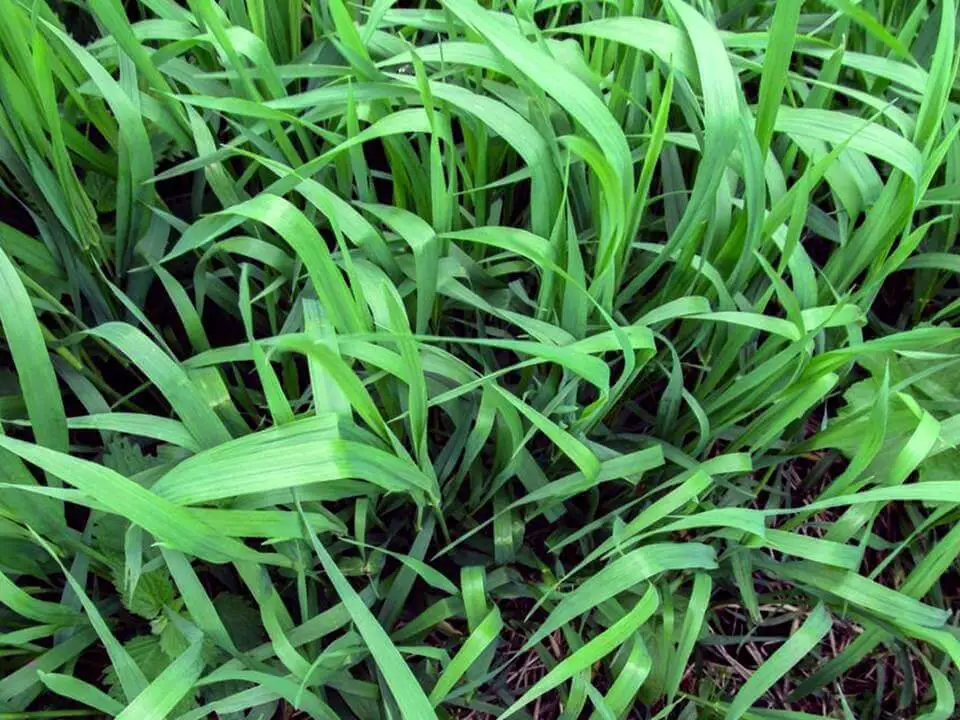
Redroot Pigweed
Pull it out before it produces seeds.

Stinging Nettle
Pull it out and use it to make tea or other therapies.
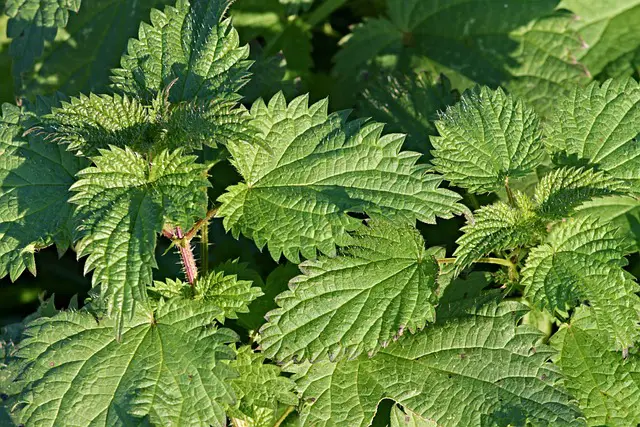
Like this post? Don't Forget to Pin It On Pinterest!
You May Also Like:






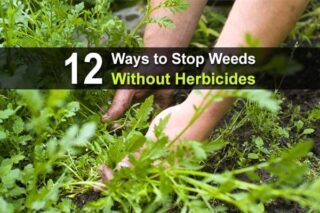
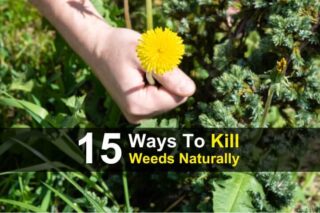


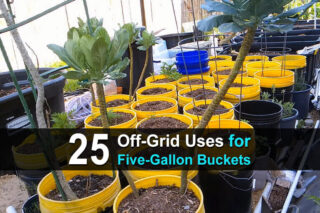

Many of the weedslistef are great edibles. They take little care. Little water. Big flavor and lots of vitamins. Some are being grown on purpose in gardens now or being foraged.